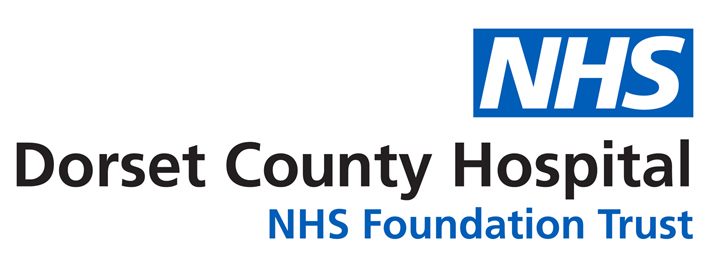How Can I Give Up Smoking?
If you are reading this to help you quit smoking, well done! Stopping smoking is always beneficial to health and it is never too late to quit. Every cigarette smoked damages the lungs in a way that may not show until later in life. After the age of 35-40 years, for every year of continued smoking, a person loses about three months of life expectancy.
Many smokers think that stopping smoking will make them more miserable, but the evidence is that they will have better mental health and be happier once they stop smoking. Often, smokers who do continue smoking, do so not by choice, but because they are dependent (Action on Smoking and Health 2020).
What medication can help you quit?
Although nicotine in tobacco is addictive and makes you want to smoke, it is not nicotine, but the other chemicals in tobacco, that increase the risk of smoking-related health problems. When you stop smoking, your body still has a ‘need’ for nicotine, which creates an urge to smoke again. You may suffer withdrawal effects such as irritability, loss of concentration and sleepless nights. These effects will be reduced by using Nicotine
Replacement Therapy (NRT). NRT comes in various forms:
- Nicotine gums
- Patches
- Inhalators
- Tablets
- Lozenges
- Sprays.
You can buy most of these from pharmacies and other retail outlets. Some pharmacies offer these through a dedicated smoking cessation service.
How is NRT effective?
NRT does increase the chance of quitting smoking. Various studies have looked at this issue. The studies compared NRT to a similar dummy (placebo) product in people who were keen to stop smoking. The results from the studies showed that, on average, about 17 in 100 people who took NRT stopped smoking successfully. This compared with about 10 in 100 who took the dummy product rather than NRT. In other words, it increased the rate of success by about 70%. A combination of NRT with support or counselling may give the best chance of success.
How do I use NRT?
- Take advice from your health care professional and decide which type of NRT will suit you best. You should use NRT regularly at first and not ‘now and then’.
- Use an adequate dose of NRT. The higher doses are used if you smoked more than 18-20 per day and you should continue to use NRT for at least 12 weeks for the best chance of stopping smoking in the long term. The dose of NRT is typically reduced in the latter part of the course and then stopped.
- You are more likely to stop smoking if you receive counselling or support whilst taking NRT. Your health care professional will tell you more about this. But remember, if you access the support from a specialist, and use medication you are four times more likely to quit than with will power alone.
Potential side effects from NRT
- Some people may develop a skin irritation or rash when using a NRT patch. This is quite normal and usually only lasts a few days, but you should discontinue treatment if your symptoms become severe. Sleep disturbance and vivid dreams are quite common too with the 24-hour patch.
- Sometimes with the gum or the inhalator you can get a sore throat. This is usually because your technique for using it is not quite right. Your health care professional can help with this.
- Often when withdrawing from the 7,000 chemicals in tobacco, you may experience nausea and headaches, but they should subside within a few days.
Contact numbers
We hope that you have found this information useful. If you have any questions or are worried about anything, please speak to our Treating Tobacco Dependency Practitioner Garima Kashyap on 07818 047513 or email smokefree@dchft.nhs.uk
Useful websites
LiveWell Dorset: visit www.livewelldorset.co.uk or call 0800 840 1628
Alternatively, for your local Pharmacy/GP smoking cessation support go to: www.publichealthdorset.org.uk/provider-resources/where-to-access-services
About this leaflet
Author: Heidi Croucher, Treating Tobacco Dependency Programme Manager
Written: February 2022
Updated and approved: February 2024
Review date: February 2027
Edition: v4
If you have feedback regarding the accuracy of the information contained in this leaflet, or if you would like a list of references used to develop this leaflet, please email patientinformation.leaflets@dchft.nhs.uk
Print leaflet